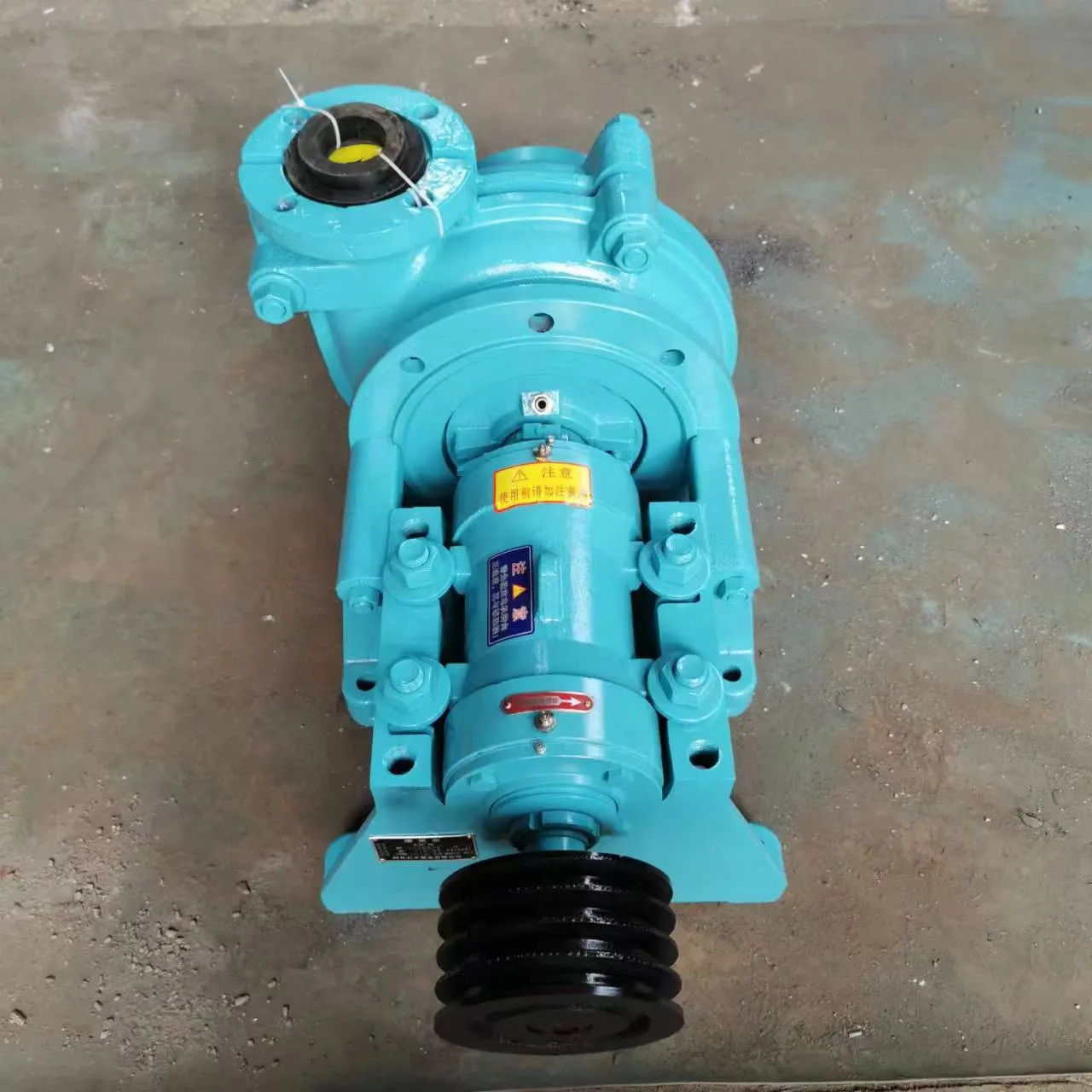Marathi
- Afrikaans
- Albanian
- Amharic
- Arabic
- Armenian
- Azerbaijani
- Basque
- Belarusian
- Bengali
- Bosnian
- Bulgarian
- Catalan
- Cebuano
- Corsican
- Croatian
- Czech
- Danish
- Dutch
- English
- Esperanto
- Estonian
- Finnish
- French
- Frisian
- Galician
- Georgian
- German
- Greek
- Gujarati
- Haitian Creole
- hausa
- hawaiian
- Hebrew
- Hindi
- Miao
- Hungarian
- Icelandic
- igbo
- Indonesian
- irish
- Italian
- Japanese
- Javanese
- Kannada
- kazakh
- Khmer
- Rwandese
- Korean
- Kurdish
- Kyrgyz
- Lao
- Latin
- Latvian
- Lithuanian
- Luxembourgish
- Macedonian
- Malgashi
- Malay
- Malayalam
- Maltese
- Maori
- Marathi
- Mongolian
- Myanmar
- Nepali
- Norwegian
- Norwegian
- Occitan
- Pashto
- Persian
- Polish
- Portuguese
- Punjabi
- Romanian
- Russian
- Samoan
- Scottish Gaelic
- Serbian
- Sesotho
- Shona
- Sindhi
- Sinhala
- Slovak
- Slovenian
- Somali
- Spanish
- Sundanese
- Swahili
- Swedish
- Tagalog
- Tajik
- Tamil
- Tatar
- Telugu
- Thai
- Turkish
- Turkmen
- Ukrainian
- Urdu
- Uighur
- Uzbek
- Vietnamese
- Welsh
- Bantu
- Yiddish
- Yoruba
- Zulu
Telephone: +86 13120555503
Email: frank@cypump.com
डिसेंबर . 11, 2024 10:37 Back to list
Comparing Axial and Mixed Flow Pumps for Optimal Performance and Efficiency
Understanding Axial vs. Mixed Flow Pumps
When it comes to the realm of fluid dynamics, pumps play an essential role in transporting fluids across various applications. Among the types of pumps, axial and mixed flow pumps are two prominent categories that cater to specific operational requirements. Understanding their distinctions, advantages, and applications is crucial for engineers and operators in selecting the appropriate type for their needs.
Axial Flow Pumps
Axial flow pumps are designed to move fluid in a direction parallel to the pump shaft. They utilize an impeller with blades that push the fluid axially. This design enables axial pumps to achieve high flow rates at relatively low pressures. The fluid enters the pump through the inlet and flows straight through the impeller, where energy is added to it via rotational motion.
One of the hallmark advantages of axial flow pumps is their efficiency at transferring large volumes of fluid. This makes them ideal for applications where high flow rates are required but low pressure is sufficient. Commonly, axial flow pumps are utilized in irrigation systems, drainage applications, and large-scale water treatment facilities.
The simplicity of design also leads to easier maintenance and lower operational costs. However, axial flow pumps do have limitations. They generally do not handle high-viscosity fluids well and can experience issues if the flow rate drops significantly below the design specifications, potentially leading to cavitation and vibration.
Mixed Flow Pumps
Mixed flow pumps represent a hybrid solution combining features from both axial and centrifugal flow pumps. In mixed flow pumps, fluid enters the pump axially but is then directed radially outward by the impeller blades. This allows mixed flow pumps to operate efficiently across a broader range of flow rates and pressures compared to purely axial flow pumps.
axial vs mixed flow pump

One significant advantage of mixed flow pumps is their versatility. They can handle applications that require moderate flow rates combined with higher pressures, making them suitable for various industrial processes. For instance, mixed flow pumps are commonly used in wastewater treatment plants, fire protection systems, and HVAC applications.
Mixed flow pumps also tend to be more resilient against fluctuations in flow rates or changes in fluid characteristics, such as viscosity. However, the added complexity in design and operation might lead to higher initial costs and maintenance requirements compared to axial flow pumps.
Comparison and Applications
The choice between axial and mixed flow pumps ultimately hinges on the specific requirements of the application at hand. For projects that demand high flow rates with relatively low pressures, axial flow pumps are often the most effective and economical choice. Conversely, if the application requires handling varying flow conditions and moderate pressures, mixed flow pumps might provide the better solution.
In practical applications, axial flow pumps are often deployed in environments where large volumes of water need to be moved quickly, such as in flood control or agricultural irrigation. On the other hand, mixed flow pumps are favored in scenarios like municipal water supply systems, where pressure consistency and the ability to deal with varying demands are critical.
Conclusion
In conclusion, both axial and mixed flow pumps serve vital functions in fluid transport and management across various industries. Understanding their design features, operational capabilities, and appropriate applications is essential for making informed decisions that can enhance system efficiency and reduce operational costs. By evaluating the specific requirements of a project, engineers and operators can select the right type of pump to meet their needs, ensuring optimal performance and reliability in fluid handling processes.
-
Heavy-Duty Mining Sludge Pumps - Wear-Resistant Slurry Handling
NewsAug.02,2025
-
Horizontal Split Case Pump with GPT-4 Turbo | High Efficiency
NewsAug.01,2025
-
ISG Series Pipeline Pump - Chi Yuan Pumps | High Efficiency, Durable Design
NewsAug.01,2025
-
Advanced Flue Gas Desulfurization Pump with GPT-4 Turbo | Durable & Efficient
NewsJul.31,2025
-
ISG Series Vertical Pipeline Pump - Chi Yuan Pumps | Advanced Hydraulic Design&Durable Construction
NewsJul.31,2025
-
ISG Series Vertical Pipeline Pump - Chi Yuan Pumps | Energy Efficient & Low Noise
NewsJul.31,2025










